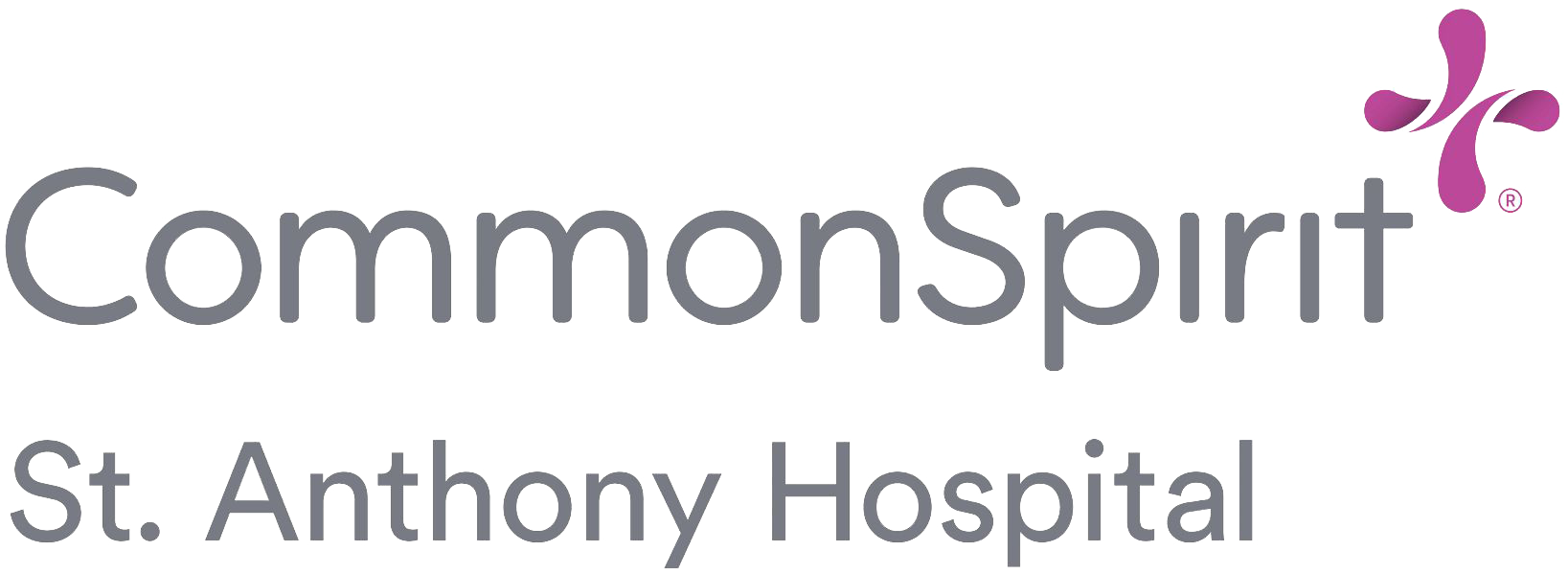National Nurses United and Affiliates
| Year | Total Number of Strikes | Total Number of Days on Strike | Total Number of Employees Idled by Strike | Workdays Lost |
|---|---|---|---|---|
| 2011 | 19 | 237 | 12,570 | 2,979,090 |
| 2012 | 26 | 433 | 17,938 | 7,767,154 |
| 2013 | 4 | 23 | 3,245 | 74,365 |
| 2014 | 6 | 17 | 19,694 | 334,798 |
| 2015 | 7 | 16 | 3,620 | 57,920 |
| 2016 | 4 | 59 | 14,866 | 877,094 |
| 2018 | 3 | 14 | 14,990 | 209,860 |
| 2019 | 10 | 19 | 8,887 | 168,853 |
| 2020 | 3 | 8 | 2,020 | 16,160 |
| 2021 | 7 | 11 | 13,805 | 151,855 |
| 2022 | 4 | 149 | 8,700 | 1,296,300 |
| Total | 93 | 986 | 120,335 | 118,650,310 |
* Years not shown had no strikes.** Strike data is compiled from a combination of Federal Mediation and Conciliation Services Work Stoppage Data, U.S. Bureau of Labor Statistics Major Work Stoppages Data, and media coverage of strikes in order to provide the completest data possible. The data may not be comprehensive.

